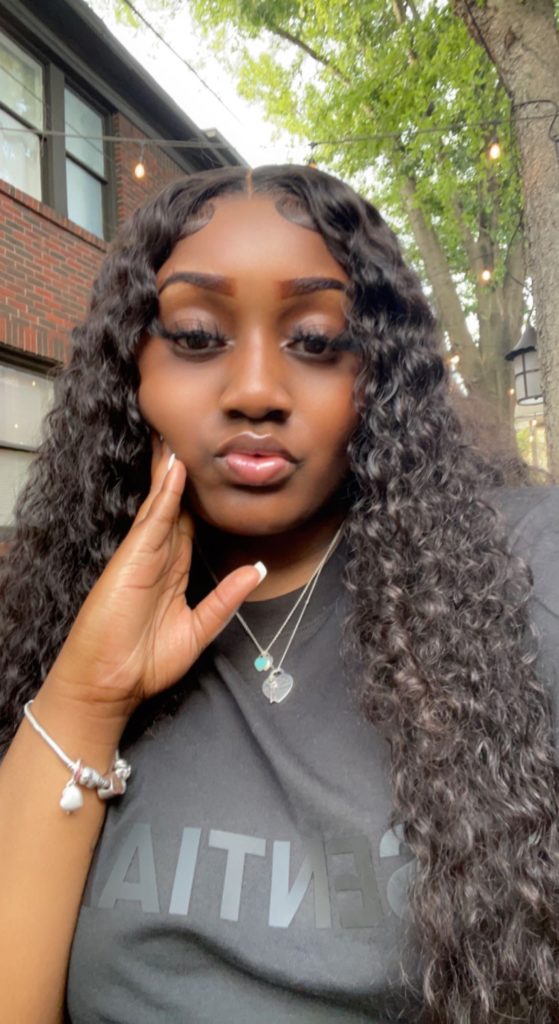Restorative Justice
Written by: Darjonae Nellem

What comes to mind when you hear the phrase “restorative justice”? It’s possible that the idea of restorative justice that comes to mind, putting victims and offenders face to face, is an effective method that brings about justice and develops future accountability plans and commitments that will stop the same thing from occurring again and impacting a person’s life. In essence, restorative justice enables community rehabilitation and connection strengthening.
The topics I will be addressing are what restorative justice is, how it came to be, and which particular communities think it’s effective and has already started using it. You can start by using restorative justice in your everyday life. You can practice at home, for instance, by holding family meetings and talking about things that bother or upset you.
A: Definition
- With the goal of bringing about justice and repairing harm, restorative justice involves putting the victim in the offender’s presence. Restorative justice is a strategy for handling conflict, bad behavior, and wrongdoing that tries to put things right for everyone who is affected. “Restorative justice focuses on how the harm-doer might accept responsibility and make repairs to the damage they caused and move on.”
- Relationship, repair, responsibility, reintegration, and respect are the five underlying principles of restorative justice and restorative practice, according to Restorative Solutions.
B: History
- Although recently introduced into Western culture, Restorative Justice has deep roots in global indigenous peacemaking. Westernized restorative justice principles are traditionally used in conflict resolution; however, indigenous peacemaking practices are connected to oneself, one’s community, and nature. Read more here and here.
- In the 1970s, Westernized restorative justice first began to take shape as an alternative to traditional court procedures like alternative dispute resolution. However, in the 1980s, schools began to implement a zero-tolerance approach to help improve the school’s disciplinary policies, reflecting the historical treatment of offenders by the criminal justice system.
- Howard Zehr was an early advocate of victims’ needs, which he made a priority in the implementation of restorative justice (1985). The Children, Young Persons, and Their Families Act, passed by the New Zealand government in 1989, introduced family group conferencing, a program based on restorative justice principles.
C: Areas of use
- Restorative justice has been used in a variety of ways. For instance, it has been applied in the criminal justice system to make reparations between the victim and the offender while holding the offender accountable for their acts.
- Restorative justice is also used in the workplace, where they tend to look at misconduct as a way to improve the company in general by giving employees the tools they need to grow collectively as an organization and learn from their mistakes.
- Restorative justice is even practiced in schools, where students are taught conflict resolution skills so they can resolve conflicts on their own and in small groups in the future.
- Restorative justice can be used to create healing in communities. It accomplishes this by holding regular community dinners, support groups, peace circles, and other events to promote healing and interpersonal connections. For example, in Chicago, we have a lot of organizations promoting restorative justice. The Westside Health Authority works with returning citizens. They provide citizens with job training, support services, job placement, and vocational training. The Lawndale Christian Legal Center is another organization that works with returning citizens. They focus on repairing harm and not on punishment, but on finding ways to make things right.
Being a black girl from the west side of Chicago, I always felt like the world was made for some. I always asked myself, “Why did I have to live in low-income neighborhoods?” or “Why did I have to attend a school where I was surrounded by gun violence?” However, I was still given a lot of opportunities despite my background. Before I lost someone who meant the world to me to the system, I never intended to be a lawyer. Losing my brother has shaped my whole career goals. I refuse to lose someone I care about to senseless acts of injustice.
As an aspiring lawyer, I believe implementing restorative justice into the criminal justice system would be a great thing. I also believe that returning citizens should not be treated as anything but human, despite their background. The prison system needs to be used as a means of rehabilitation instead of punishment to teach individuals ways to be better and make better choices. Implementing restorative justice will repair harm and make things right between the victim and the offender. It allows the harm-doer to be reintegrated into society with the knowledge and awareness needed to make wiser judgments in the future.
I also want you to also consider how you can resolve disputes peacefully as you start to run into issues and unexpected circumstances in the workplace, in school, and in your community. You can start by following the necessary steps to practice restorative justice. I’ll provide a website link that will offer you directions on how to get started. You can also learn from an organization that has already begun to have implement restorative justice as a source of knowledge.
Restorative Practices: Seven Steps for Facilitators and Mediators | NASSP
https://restorativejustice.org.uk/restorative-practice-workplace

Darjone Nellem in currently a student at Marquette University pursuing a degree in criminology and law and social welfare and justice. During summer 2022, she interned at Bright Endeavors where she completed various marketing activities with her goal to strengthen her communication skills and learn about how job training contributes to social justice. Darjonae hopes to pursue an internship at a law firm and a law degree after graduation.
Resources
Hicklin, M. (n.d.). Restorative justice: Some facts and history. Charter for Compassion. Retrieved July 21, 2022, from https://charterforcompassion.org/restorative-justice/restorative-justice-some-facts-and-history
Nassp, says:, R. B., says:, N. L., & *, N. (2020, December 3). Restorative practices: Seven steps for facilitators and mediators. NASSP. Retrieved July 21, 2022, from https://www.nassp.org/2020/10/27/restorative-practices-seven-steps-for-facilitators-and-mediators/
The origins of restorative justice – CFCJ-FCJC. (n.d.). Retrieved July 21, 2022, from https://www.cfcj-fcjc.org/sites/default/files/docs/hosted/17445-restorative_justice.pdf
Restorative practice: History, successes, Challenges & Recommendations. (n.d.). Retrieved July 21, 2022, from https://www.rochester.edu/warner/cues/wp-content/uploads/2020/12/Restorative-Practices-Brief-1_marsh_final.pdf
Fuchs, T. (2021, March 13). The 5 R’s of restorative justice. Conflict Center. Retrieved July 21, 2022, from https://conflictcenter.org/the-5-rs-of-restorative-justice/
The 5 ‘r’s of restorative justice: Are they always applicable? – restorativesolutions. Restorative Solutions. (n.d.). Retrieved July 21, 2022, from https://www.restorativesolutions.org.uk/news/the-5-r-s-of-restorative-justice-are-they-always-applicable
Restorative community justice. Restorative Solutions. (n.d.). Retrieved July 21, 2022, from http://restorativesolutions.us/schoolprograms/restorative-community-justice
Admin. (2021, January 28). Restorative justice. Alternatives. Retrieved July 21, 2022, from https://alternativesyouth.org/programs/restorative-justice/
Court, T. S., & Lynch, N. (2021, October 6). Workplace restorative justice by Lynch Law Firm, Austin, Texas. Lynch Law Firm, PLLC. Retrieved July 21, 2022, from https://www.lynchlf.com/blog/workplace-restorative-justice/
Restorative Justice & Community building. I Grow Chicago. (2021, February 24). Retrieved July 21, 2022, from https://www.igrowchicago.org/our-work/restorative-justice-community-building/
Davis, M. (2015, October 29). Restorative justice: Resources for schools. Edutopia. Retrieved July 25, 2022, from https://www.edutopia.org/blog/restorative-justice-resources-matt-davis
Nassp, says:, R. B., says:, N. L., & *, N. (2020, December 3). Restorative practices: Seven steps for facilitators and mediators. NASSP. Retrieved July 25, 2022, from https://www.nassp.org/2020/10/27/restorative-practices-seven-steps-for-facilitators-and-mediators/
